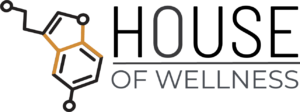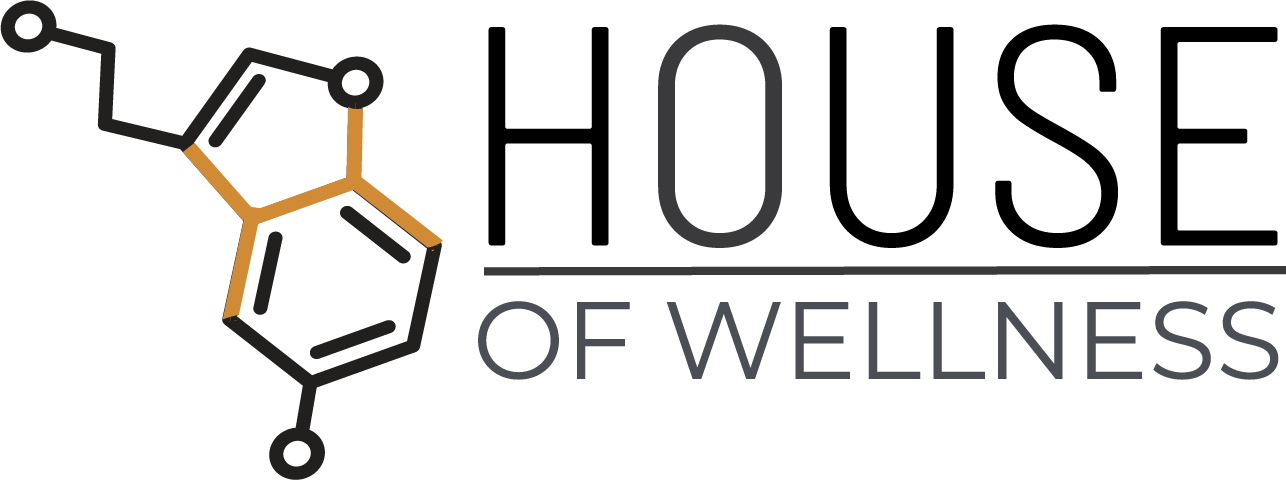Despite often being marketed as a “natural” and “safe” alternative to opioids, the FDA has issued warnings against the use of Kratom due to risks of addiction, abuse, and dependence. Read on for a summary of the factual and potentially false information surrounding this increasingly popular “plant-based” supplement with a wide range of uses and potentially harmful side effects.
What Exactly is Kratom?
Often described as a “natural” remedy, Kratom, pronounced (krā-dǝm), is an evergreen herbal plant known as Mitragyna speciosa, from the coffee tree family, Rubiacaea, native to Southeast Asia. The effects of Kratom are dose-dependent, meaning that a low dose produces a stimulant effect, possibly increasing alertness or motivation, however, higher doses can create an opioid effect, including sedation, pain relief, and sometimes, euphoria. In other words, a small amount of Kratom may have an energizing effect while larger quantities act like drugs in the Opioid class.
Historically, Kratom has been used in places like Thailand to both treat both emotional and medical ailments and also to increase worker productivity. Kratom is often described as an opioid addiction and withdrawal aid. The substance can be used medicinally when the leaves are dried and chewed, prepared into tea, or taken in pills, capsules, powders, or drinks.
One may find Kratom cough syrup in modern pharmacies in Southeast Asia. At the same time, Kratom has become a popular drug in North America and other parts of the world, with increased availability and even the appearance of Kratom bars in some areas. The FDA has issued warnings, however, only six states have taken steps to ban the sale of Kratom.
Kratom contains psychoactive compounds with opioid properties and stimulant effects. Two compounds, mitragynine, and 7-hydroxy mitragynine, are present in Kratom leaves and mimic the action of opioids in the human body. Kratom also affects the nervous system, acts as an anti-inflammatory and an analgesic as an alpha-2 agnostic.
Who Would Take Kratom and Why?
Kratom is known to be used for a variety of medical or recreational modalities. There are no FDA-approved medical applications for Kratom. Individuals who are experiencing opioid addiction or withdrawal may look to Kratom as a substitute for other opioids or to treat their symptoms. Kratom is said to be effective for treating extreme pain. Some people may use it to alleviate the symptoms of anxiety, depression, or other mental health conditions. It can also increase energy and productivity. Other countries are reporting emerging new trends in the use of Kratom. In the United Kingdom, Kratom is promoted as an “herbal speedball.” In Malaysia, Kratom (known as ketum) juice preparations are illegally available.
Show Me the Studies!
Surprisingly, there are no human clinical studies in the United States to test the safety or efficacy of Kratom. That being said, other research methods have been used to determine facts about the safety and efficacy of this supplement as well as potential medicinal uses in the future. Medical research and clinical trials can help to shed light on safe dosage or frequency, risk factors, and more.
At this time, there simply isn’t enough data and long-term study results to authorize it for medicinal use for any condition by the US Food and Drug Administration. It is still used in other countries and even sold in the USA, despite this. Many people report safe usage, however, there are also many instances of adverse reactions and even recorded deaths related to Kratom use.
What Are the Dangers?
It’s Addictive
Kratom has shown signs of being addictive and there is evidence one has the potential to develop tolerance and dependence. Kratom addition is similar to an opioid withdrawal which is extremely uncomfortable and can cause muscle aches, nausea, vomit, diarrhea, poor appetite, increased anxiety, sweating and impaired sleep. Without a sufficient research base, and the dose-dependent effects ranging from stimulant to sedative, individuals depend on package labels to list any risks or considerations. The FDA warns consumers that kratom, which affects the same opioid brain receptors as morphine, appears to have properties that expose users to the risks of addiction, abuse, and dependence.
Known and Unknown Drug Interactions
In part due to the fact that clinical research on Kratom is not ongoing, little is known of specific drug interactions, however, benzodiazepines, barbituates, alcohol, opioids, anxiolytics, anti-depressants, and other Central Nervous System active drugs may interact poorly with Kratom use. Kratom may also impact the effectiveness of other commonly used drugs, such as anesthetics in surgical settings. While much of this information is unknown, drug interactions can be very dangerous.
Contamination and Quality Control Issues
Much of the Kratom industry is under-regulated, and quality control may be impacted. The FDA has reported the presence of heavy metals and bacterial growth in batches of Kratom and Kratom-containing products for sale in the US.
Dose-Dependent Effects
Due to the complex psychoactive effects, determining the safe dosage, including quantity, frequency, and duration, of Kratom can be dangerously tricky. Small amounts typically produce a stimulant effect while larger doses have an opioid-like action. Overdose symptoms may include nausea, vomiting, constipation, upset stomach, drowsiness/dizziness, or irritability/agitation. Kratom can also impact liver function. There is a high risk for dependence, psychological and physiological dependence.
Inadequate Research
While there is anecdotal evidence of both benefits and harms of Kratom, the lack of clinical trial data to inform healthcare professionals and patients about the risks and potential benefits Kratom may have. Scientists and researchers continue to explore possible approved uses for this medicinal plant.
The Bottom Line
If you are exploring the use of Kratom for treatment of addiction or withdrawal symptoms, mental health needs, pain relief, or any other concern, please make sure you reach out to a trusted and well-informed licensed healthcare professional, such as the clinicians at House of Wellness. A licensed mental health professional or psychiatrist can help you explore evidence-based therapies that may be more suitable to your needs.
Sources:
Understanding Kratom Use: A Guide for Healthcare Providers – PMC (nih.gov)
What is Kratom? Uses and Side Effects – Cleveland Clinic
Pharmacologic and clinical assessment of kratom: An update – PubMed (nih.gov)
Is Kratom Safe?: Dangers, Side Effects & Kratom Overdose (americanaddictioncenters.org)
Laboratory Analysis of Kratom Products for Heavy Metals | FDA




